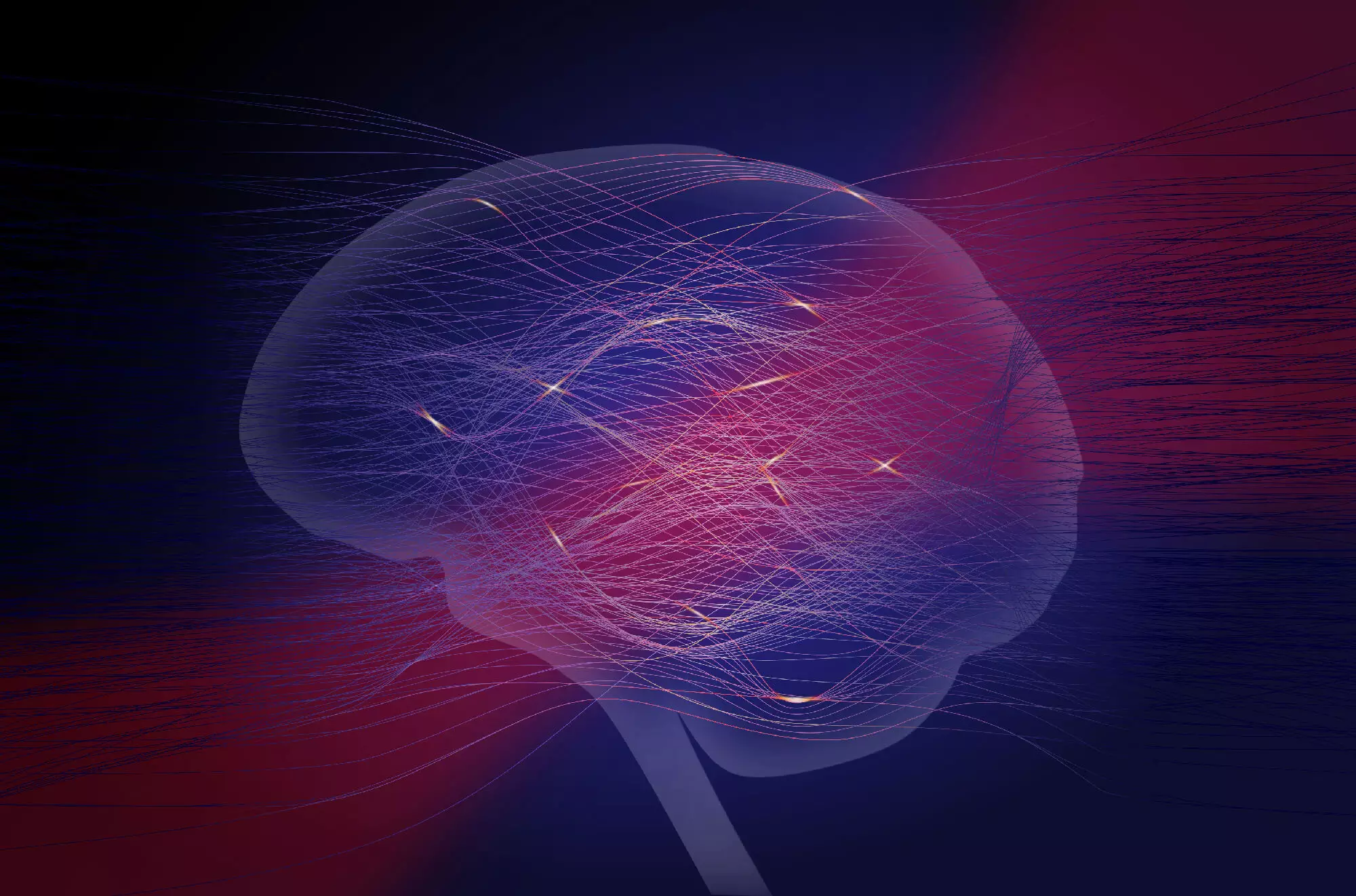In a groundbreaking new study published in Nature Physics, scientists from the Max Planck Institute for the Science of Light have proposed a novel method for implementing neural networks using an optical system. This innovative approach could revolutionize the field of machine learning and make it more sustainable in the future.
As machine learning and artificial intelligence applications continue to grow in complexity, the size of neural networks has also increased significantly. This rapid growth has led to a corresponding rise in energy consumption and training times, making current technologies unsustainable in the long run. For example, training models like GPT-3 can consume vast amounts of energy, equivalent to the daily electrical consumption of a small town. This trend has prompted researchers to seek alternative, more energy-efficient solutions for neural network implementation.
One emerging field that shows promise is neuromorphic computing, which aims to replace digital neural networks with physical neural networks. These physical systems are designed to perform mathematical operations in a faster and more energy-efficient manner. Optics and photonics have been identified as particularly suitable platforms for neuromorphic computing due to their low energy consumption and high processing speeds.
The Proposed Solution
In their new study, Clara Wanjura and Florian Marquardt present a novel method for implementing neural networks using optical systems. Unlike traditional approaches that require high laser powers for complex computations, their method involves imprinting data inputs by changing light transmission. This allows for arbitrary processing of input signals without the need for complicated physical interactions. The simplicity of their approach makes evaluating and training the physical neural network straightforward and efficient.
One of the key advantages of using optics for neural network implementation is the ability to perform computations in parallel at high speeds limited only by the speed of light. This enables rapid processing of data with minimal energy consumption, making optical systems a promising solution for energy-efficient machine learning applications. The authors demonstrated in simulations that their optical approach can achieve the same level of accuracy as digital neural networks in tasks such as image classification.
Moving forward, the researchers plan to collaborate with experimental groups to explore the practical implementation of their optical neural network method. By relaxing the experimental requirements, their approach can be applied to a wide range of physical systems, opening up new possibilities for neuromorphic devices. This research paves the way for more sustainable and efficient machine learning technologies in the future.
The integration of neural networks with optical systems represents a significant advancement in the field of machine learning. By harnessing the power of optics, researchers are able to overcome the challenges of energy consumption and training times associated with traditional neural network implementations. This innovative approach has the potential to transform the way we use AI and machine learning technologies, making them more sustainable and efficient in the long term.


Leave a Reply